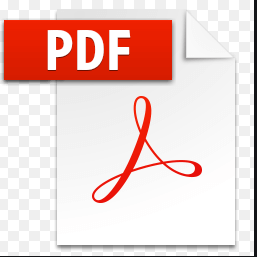*Corresondence to: Farah MC Shroff, Harvard School of Public Health, Harvard University, 677 Huntington Ave, Boston, MA 02115, USA
Received: Aug 20, 2022; Accepted: Sep 02, 2022; Published: Sep 05, 2022
Citation: Shroff FMC (2022) Fiery Dragon’s Milk along the Road of Silk: TCM and the New Chinese Empire. Global Health Science Journal 2:109.
Copyright: ©2021 Shroff FMC et.al. This is an open-access article distributed under the terms of the Creative Commons Attribution License, which permits unrestricted use, distribution, and reproduction in any medium, provided the original author and source are credited.
ABSTRACT
Background: Traditional Chinese Medicine (TCM) is poised to make an unprecedented impact in the world today, as it has the largest uptake of any traditional system of medicine around the world. It is bolstered by the rise of the Chinese economy, social influences, and robust peer-reviewed literature on the effectiveness of acupuncture and other modalities– giving it a strong evidence base for health promotion, disease prevention and as a monoline or complementary treatment for a plethora of conditions such as migraines, physical pain, sciatica and depression. Moreover, China’s effective prevention and treatment of COVID-19 prior to 2022 only furthered China’s grand plans of being the pre-eminent economic power in the world. Within China, solid government support for TCM has resulted in large-scale cultivation of herbs for ecological sustainability and income, such that TCM herbs have now become one third of the domestic pharmaceutical market [1]. Inside China, TCM has not always enjoyed popular support, particularly within the educated elite; efforts to modernize TCM–making it comply to western scientific norms–appear to be increasing its acceptability with a larger segment of the Chinese populace. China’s relative success in managing COVID-19 prior to 2022 may be attributable partly to widespread uptake of preventive measures such as mask wearing and to TCM, with articles in the peer-reviewed medical literature claiming that “TCM is currently the best choice for the treatment and prevention of COVID-19, and it is expected that it will be promoted by countries around the world” [2]. Purpose: In this article, I examine the larger context in which TCM is growing nationally and internationally. In making the critical connection between socioeconomic issues and medicine, I hope to shed light on the vital links between health systems and sociopolitical dynamics, illustrating the shifting balance in global power and its impacts on healthcare. Analysts have noted that the most important changes that are occurring during the COVID-19 pandemic, are unrelated to public health issues, as the biggest change in the world today is that the rise of the new Chinese Empire is challenging the US for the position of the dominant superpower [3]. Linking TCM to Expansionist Aims: Grand plans for the growth of TCM, in addition to modernization, include expansion beyond China’s borders. To a large extent, TCM has already found a footing in most regions of the world. TCM clinics, educational institutions, and regulatory mechanisms exist in Europe, North America, Asia, the Middle East and Africa. Far from being haphazard or accidental, this expansion has been part of a three-phase plan beginning in the last century. The current phase is concentrated on establishing rigorous safety and (western) scientific standards.
